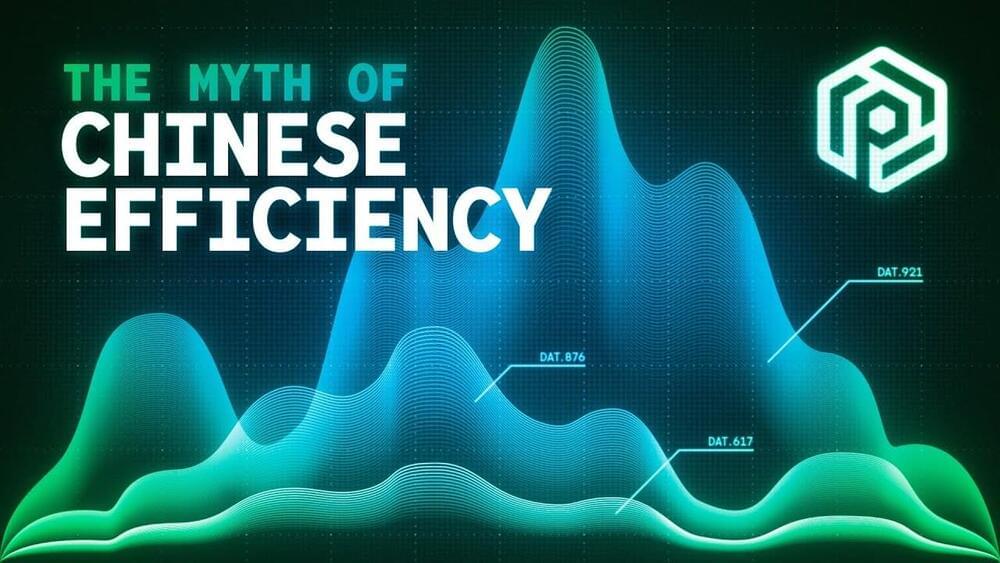Circa 2016
There are few people insane enough to strap on a jetpack and jump out of a helicopter, but Rex Pemberton is apparently one of them.

Circa 2016
There are few people insane enough to strap on a jetpack and jump out of a helicopter, but Rex Pemberton is apparently one of them.

Circa 2020
A new Jetman Dubai video shows pilot Vince Reffet going from standing on the ground to flying 6,000 feet in the air, marking the first time that a pilot could combine hovering safely at a limited altitude and flying aerobatics at a high altitude in the same flight.

Denoising an image is a classical problem that researchers are trying to solve for decades. In earlier times, researchers used filters to reduce the noise in the images. They used to work fairly well for images with a reasonable level of noise. However, applying those filters would add a blur to the image. And if the image is too noisy, then the resultant image would be so blurry that most of the critical details in the image are lost.
There has to be a better way to solve this problem. As a result, I have implemented several deep learning architectures that far surpass the traditional denoising filters. In this blog, I will explain my approach step-by-step as a case study, starting from the problem formulation to implementing the state-of-the-art deep learning models, and then finally see the results.
Startup Scitem sees cartridge-based system paving way for mobility solutions.
KANAZAWA, Japan — Japanese startup Scitem will begin marketing this spring a portable emergency power generation system fueled by replaceable hydrogen cartridges.
Japanese researcher Sagawa Masato has won this year’s Queen Elizabeth Prize for Engineering for developing the world’s “strongest” permanent magnet.
The winner of the sixth edition of the British prize was announced online on Tuesday. It had been held every other year since 2013, but became an annual event, starting this year, to keep up with the pace of scientific and technological advances.
Sagawa invented the neodymium-iron-boron magnet, which is said to be the world’s most powerful permanent magnet. The breakthrough led to the development of small and high-performance motors. This has enabled higher-performance products in various fields, such as wind power, electric vehicles and home electrical appliances.

Watch this video ad-free on Nebula: https://nebula.app/videos/polymatter-the-myth-of-chinese-efficiency.
Sources: https://pastebin.com/F2B6axnJ

A DIY heater developed by Portland-based collective HeaterBloc is helping unsheltered people across the U.S. stay warm this winter — and the potentially life-saving units cost just $7.
The challenge: On any given night in America, an estimated 226,000 people are “unsheltered” or “unhoused,” meaning they’re sleeping in cars, tents, abandoned buildings, or other places outside of homes or shelters.
Continue reading “Open-source DIY heater helps unsheltered stay warm in winter” »
Dubbed the “Quark,” the motor weighs just 63 pounds.
Koenigsegg is also marketing an EV drive unit made up of two Quark motors, plus its small-but-powerful inverter, and small low-ratio planetary gearsets at each output shaft. The unit is called the “Terrier,” and serves up 670 hp and 811 lb-ft in a package that weighs just 187 pounds, and which offers torque vectoring across an axle. A Terrier can be bolted directly to a car’s monocoque as well.
More information on the Terrier unit is forthcoming, and presumably, it will be featured on future Koenigsegg products. As ever, the numbers are deeply impressive and entirely unsurprising from the innovative Swedish firm.
Continue reading “Koenigsegg’s Tiny Electric Motor Makes 335 HP and 443 LB-FT of Torque” »
Might there be a better way? Perhaps.
A new paper published on the preprint server arXiv describes how a type of algorithm called a “hypernetwork” could make the training process much more efficient. The hypernetwork in the study learned the internal connections (or parameters) of a million example algorithms so it could pre-configure the parameters of new, untrained algorithms.
The AI, called GHN-2, can predict and set the parameters of an untrained neural network in a fraction of a second. And in most cases, the algorithms using GHN-2’s parameters performed as well as algorithms that had cycled through thousands of rounds of training.
